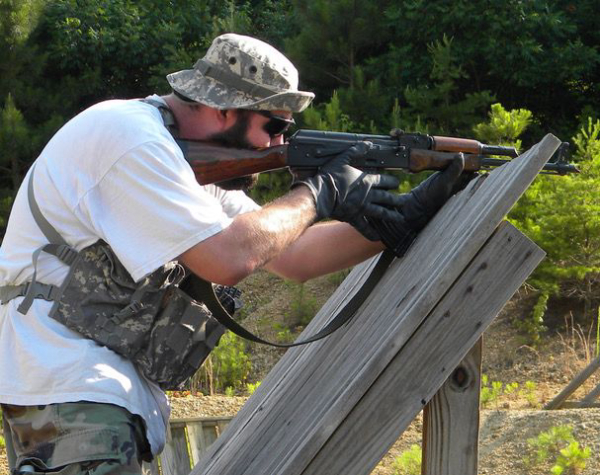
Humans are very resistant to “change.” Opposing change can be a good thing. Like not wanting to alter the way we think about right, wrong and morals. But we also will fight change even when the goal is an improvement. I see this often during classes.
It’s difficult to modify an existing habit; we easily fall into routines that become comfortable. But when examining your defensive preparedness and a better technique is revealed/discovered it’s time to consider instituting a change. Anything that provides an advantage in a life and death situation is well worth consideration.
How do you decide if something is an improvement? There’s a lot of varying opinions on what’s “best.” And there are facts that are backed up with extensive testing – both on the range and in the fight. Get your techniques from a trusted source, and then verify.
Next, you’re going to have to experiment. Until making a fair comparison between technique “A” and “B,” you can’t determine which is better. If, after only a few repetitions of the “new” it is demonstrated to be better then it’s an easy decision. It may require a healthy dose of repetitions before the difference becomes apparent. This is especially true for an involved sequence. First, you’ll have to repeat until becoming proficient with the new technique before comparing for best. Remember, it has to be a fair and balanced comparison.
You should never be satisfied when it comes to your defensive skills. There are no shortcuts. Experimentation – and patience - is the key to developing and improving. Not all your research and testing are going to produce improvement. But, learning what doesn’t work for you is a positive thing.
Of course, none of this is worthwhile unless it’s all backed up with plenty of practice. Again, more repetition. After determining what technique works best, it’s time for the real learning to occur. Practice is where you develop a conditioned reflex. It’s not instinctual, but repetition has coded the proper and immediate response. For example, when the slide locks to the rear, without conscious thought -- and quicker than you expected -- the pistol is reloaded and functioning again.
It takes a lot of discipline to get to this level of performance. And, it’s not about “fast.” Dry practice is the best way to perform the necessary repetitions required to achieve this goal. The speed you perform should be one that’s slow enough to be mistake free. Eventually -- with time -- this will get you to being efficient in both recognizing the proper stimulus – slide lock - and a prompt response – empty reload.
This applies to all the fundamentals of the threat response – Move, Communicate, Use Cover, Shoot as Needed and Thinking. The more practice, the better your performance. Although these actions in response to danger sometimes go against our natural instincts, with repetition you can change -- and develop -- the proper conditioned response. Then, always be ready for the unexpected, which occurs with regularity in fights.
Tiger McKee is director of Shootrite Firearms Academy. He is the author of The Book of Two Guns, AR-15 Skills and Drills, has a regular column in American Handgunner and makes some cool knives and custom revolvers. Visit Shootrite’s Facebook page for other details.